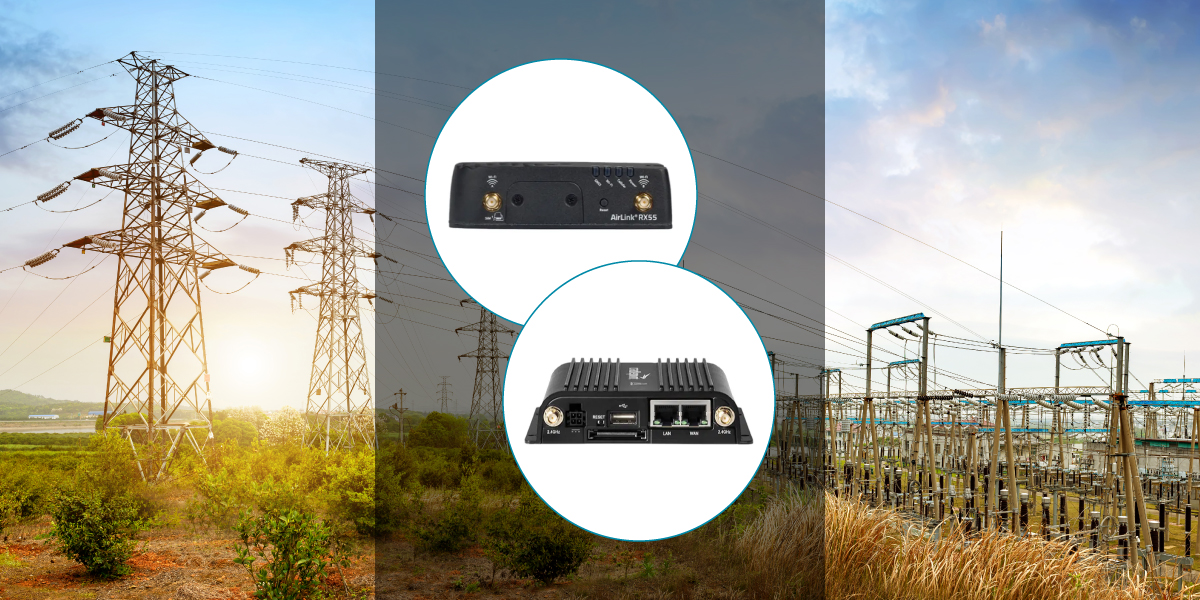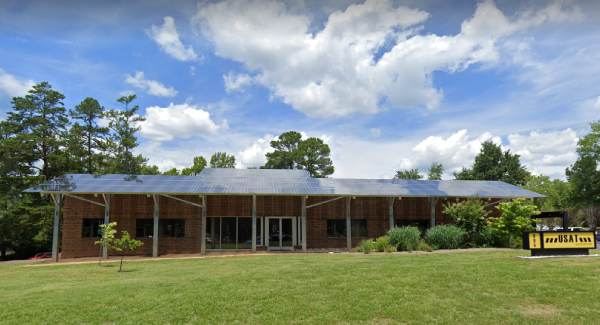What Is The Energy Grid?

What Is Grid Resiliency?
Grid resiliency refers to the ability of a power grid to withstand and recover from disturbances such as natural disasters, cyberattacks, physical attacks, or equipment failures. A resilient grid can minimize the impact of these events and quickly restore power to affected areas.
The energy grid is a critical component of modern society, powering homes, businesses, and critical infrastructure. However, the grid is vulnerable to disruptions caused by natural disasters, cyberattacks, and other events. Electric utilities are exploring new ways to enhance communication and coordination to ensure grid resiliency, and cellular communications have emerged as a key solution.
What Is Outage Management?
Outage management in electric utilities refers to identifying and responding to power outages in the distribution network. Outage management aims to minimize the impact of outages on customers by restoring power as quickly and safely as possible. This involves a coordinated effort among various departments, including customer service, field crews, and system operators.
Outage management typically involves several steps, including:
Detection And Notification
Customers and/or automated systems report outages to the utility.
Identification and Assessment
Utility personnel analyze the reported outages to determine the extent and location of the outage.
Response
Field crews are dispatched to the affected areas to assess the damage, make repairs, and restore power.
Communication And Updates
Customers are informed about the outage status and expected restoration times through various channels such as customer service centers, social media, and automated phone systems.
Restoration And Verification
Once power is restored, the system is monitored to ensure it is operating normally, and customers are notified that their power has been restored.

How Can Cellular Communications Improve Grid Resiliency And Outage Management?
Cellular communications offer many advantages over traditional communication methods such as wired networks, satellite communications, and microwave links. Cellular networks are highly reliable and resilient, with built-in redundancy and failover capabilities that ensure continuous operation even in the face of network outages. Additionally, cellular networks have wide coverage areas and can provide high-speed data transmission over long distances, making them ideal for remote asset management and control applications.
One of the most significant ways that cellular communications can enhance grid resiliency is by providing real-time situational awareness. With cellular-connected sensors and devices, utilities can monitor the grid in real-time, detect anomalies and outages, and respond quickly to prevent or mitigate potential problems. This enhanced situational awareness can also help utilities optimize grid operations, minimize downtime, and improve overall grid reliability.
Another key benefit of cellular communications is providing secure and reliable remote access to critical grid infrastructure. For example, utility operators can use cellular networks to remotely control and monitor substations, distribution automation equipment, and other critical infrastructure. This allows operators to respond quickly to changes in grid conditions and make necessary adjustments to ensure grid stability and reliability.
In addition to providing real-time situational awareness and remote access, cellular communications can also help utilities improve their disaster response and recovery efforts. In a natural disaster, cellular networks can provide a vital means of communication for first responders, utility personnel, and affected communities. Cellular networks can also support backup power systems, enabling critical infrastructure to remain operational even without grid power.
To fully realize the benefits of cellular communications for enhancing grid resiliency, utilities must adopt the latest technologies and best practices. This includes deploying cellular-enabled sensors and devices, upgrading communication infrastructure to support high-speed data transmission, and implementing robust security measures to protect against cyber threats.
How Else Can Utilities Benefit From Cellular Communications?
Electric utilities may use cellular networking devices inside their vehicles to support various grid management and maintenance applications. Here are some examples:
Outage Management
Utility workers can use cellular networks to communicate outage information back to the control center and receive updates on restoration efforts in real-time.
Workforce Management
Utility workers can use cellular or Wi-Fi-enabled devices to access work orders, schedules, and other job-related information, enabling them to manage their workday efficiently.
Asset Management
Utility workers can use cellular devices to collect data on grid assets such as transformers, substations, and meters. This allows them to monitor equipment health and proactively identify issues before they become major problems.
Field Communications
Cellular networks can be used to support voice and data communications between workers in the field, enabling them to stay connected and collaborate effectively.
Safety And Security
Cellular devices can be equipped with safety and security features such as GPS tracking, panic buttons, and video cameras, enhancing worker safety and enabling rapid response in case of an emergency.
Mobile Networking
Electric utilities can use cellular networking inside their vehicles to enable a wide range of applications that support grid management, maintenance, and worker safety further bolstering grid resiliency by strengthening field worker capabilities.

What Brands or Devices are Recommended for Grid Resiliency Communications?
We at USAT recommend ruggedized devices purpose-built for outdoor environments with harsh and variable weather conditions.
- From our Sierra Wireless device portfolio, we recommend the RV50X (no wi-fi) and RX55 (with wi-fi) for fixed communications and the MP70 or XR80 for mobile communications.
- From our Cradlepoint device portfolio, we recommend the IBR650C (no wi-fi) and IBR600C (with wi-fi) for fixed communications and the IBR1700 or R1900 for mobile communications.
Another feature of all the devices mentioned above is their dual-sim and auto-switching features allowing utilities to use more than one network at a time to further bolster communications resiliency.
In Summary
Cellular communications are critical in enhancing grid resiliency by providing real-time situational awareness, remote access to critical infrastructure, and supporting disaster response and recovery efforts. As electric utilities continue to invest in new technologies and best practices, cellular communications will become an increasingly important tool for ensuring grid reliability and resilience in the face of evolving threats and challenges.
About USAT
USAT specializes in designing and deploying fixed and mobile wireless data connectivity solutions for electric utilities of all sizes — complete with implementation, training, proof of concept (POC), system auditing, and on-site RF surveying services with optional engineering maintenance contracts.
Our team not only helps you select, provision, and activate devices, we make sure they work in practical applications and real-life situations.
For over 25 years, USAT has provided cellular networking solutions for various local, regional, and national electric utilities across the USA. With our extensive catalog of world-class routers, gateways, and software designed for remote monitoring and management in even the harshest environments — you can count on us to get and keep you connected.
Reliable connectivity translates to less manual equipment maintenance, reduced downtime, and an overall increase in your business's ROI. Contact the experts at USAT to learn how our wireless networking solutions can help meet your organization's exacting needs.
Share this Post














